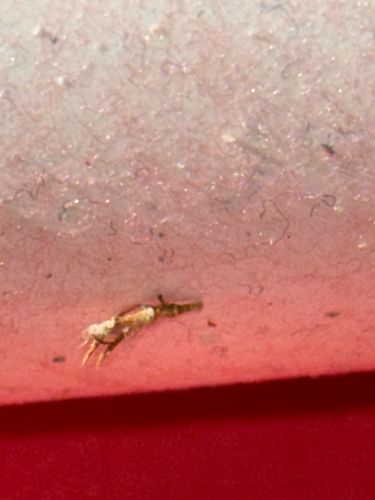Pseudoscorpion
Scientific Name: Pseudoscorpiones
Order & Family: Pseudoscorpiones (Order)
Size: Typically 2 to 8 mm (0.08 to 0.3 inches), though some can be as small as 1 mm or as large as 12 mm.

Natural Habitat
Found in various microhabitats such as under bark, in leaf litter, moss, soil, rotting logs, under stones, in bird nests, and sometimes in homes (especially bathrooms, laundries, dark dusty areas like basements and attics). They prefer dark, damp places.
Diet & Feeding
Predatory. They primarily feed on small arthropods such as mites, thrips, ants, small fly larvae, and booklice. They use their pincers (pedipalps) to capture prey, inject venom to paralyze it, and then digest it externally with digestive fluids.
Behavior Patterns
Solitary creatures. They are active hunters, often moving backward as easily as forward. Pseudoscorpions build silk nests for molting, overwintering, or brooding young. They possess venom glands in their pincers to subdue prey but are harmless to humans. They sometimes 'hitchhike' on larger insects (phoresy) to disperse.
Risks & Benefits
Benefits: They are beneficial to humans as they prey on common household pests like booklice, carpet beetle larvae, ants, and mites. They play a role in natural pest control. Risks: Harmless to humans and pets. They do not bite, sting (in a harmful way to humans), or cause damage to property. They are generally considered nuisance pests if found indoors in large numbers, but this is rare.
Identified on: 9/26/2025